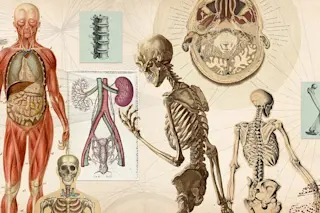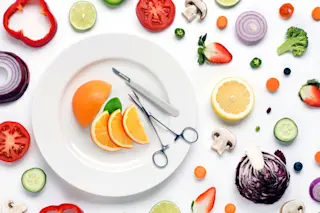The Science of Sushi Featuring Dr. Ole Mouritsen and Morihiro Onodera April 23, 2014
To kick off our 2014 public lecture series, Dr. Ole Mouritsen joined Chef Morihiro Onodera to satisfy our craving for sushi-related science. The duo explained everything from sushi’s early history to the starchy science of sushi rice. Watch the entire lecture or check out some of the shorter highlights below.
Ole Mouritsen on the history of sushi
“The history of sushi is really the history of preservation of food. . . . Throughout Asia, in particular in China and later in Japan, people discovered that you can ferment fish – that is, you can preserve fish – by taking fresh fish and putting it in layers of cooked rice. . . . After some time the fish changes texture, it changes taste, it changes odor, but it’s still edible and it’s nutritious. And maybe after half ...










